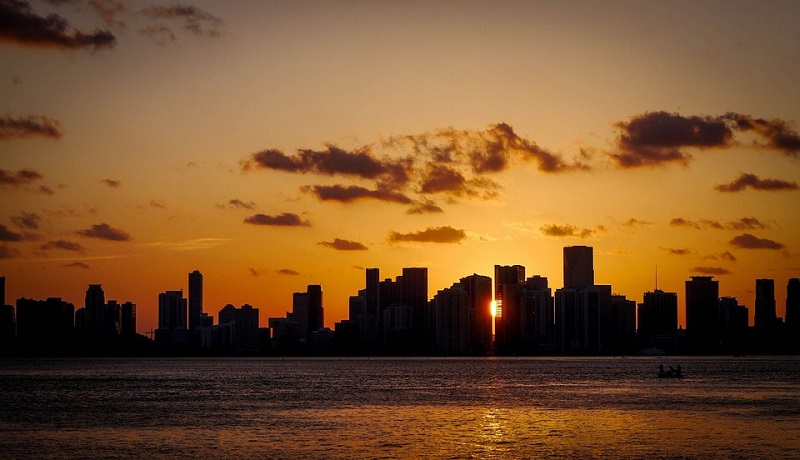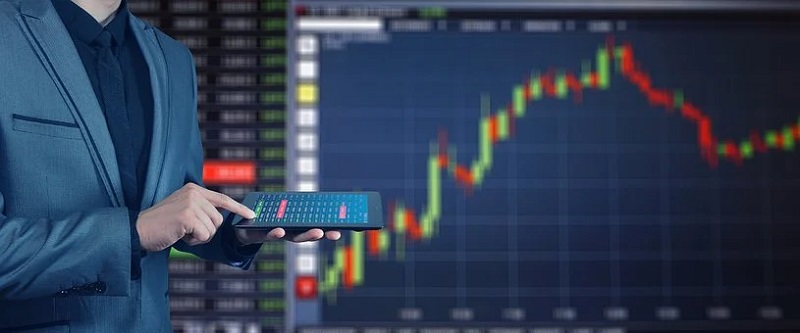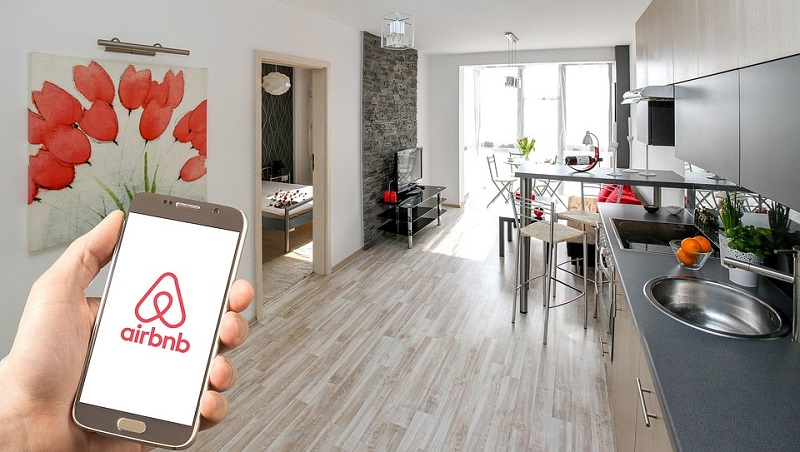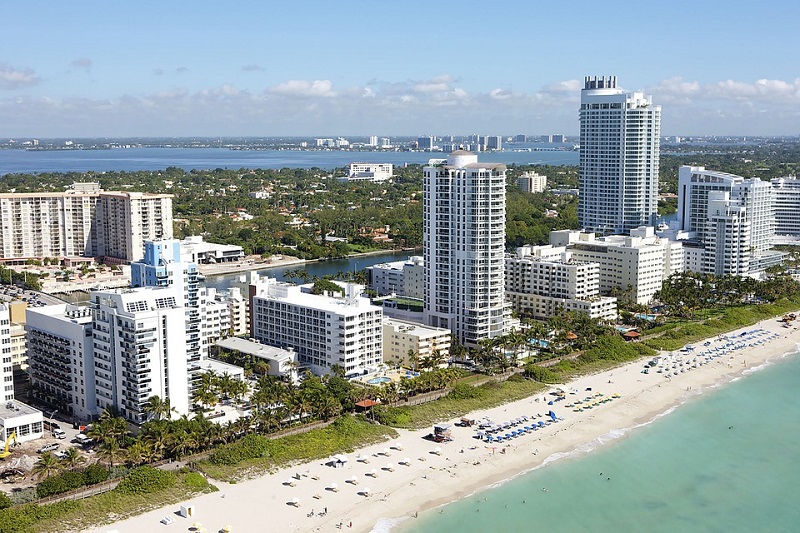|
Getting your Trinity Audio player ready...
|
As if there was no lack of reasons for the state of Florida to be considered one of the main destinations in the world to invest, the pandemic brought one more: the impressive resilience of the real estate market in the region. In fact, the latest global crises have shown that the sector may even have a negative impact in the beginning, but the recovery is quick and aggressive, creating opportunities and consolidating Florida as a safe environment in international turmoil. In this article we made a brief history of the last three crises that impacted Florida, starting with the Great Subprime Crisis in 2007.

2007 – The Subprime crisis
In the second half of 2007, what was to be considered the biggest world crisis since the Great depression of 1929. The American economy collapsed amid serious structural symptoms in the financial system, generating a domino effect on the global market. Stock exchanges around the world have seen their main indexes plummet. The peak of the crisis came with the bankruptcy of one of the largest investment banks in the world, Lemon Brothers.

I don’t want to go into details about what caused the crisis and its effects on the world market. A quick search on the internet will bring several results on the topic. However, basically, there was an irresponsible practice on the part of financial institutions, insofar as they granted financing without due analysis or backing. Most of these “bad credits” were intended to finance the acquisition of residential properties, generating a “real estate bubble” in the USA. It would not be long before default levels rose and triggered the fragile fundamentals of the American financial system. A serious crisis of confidence was widespread. The bubble burst!
And how was the Florida real estate market affected?
Florida was also significantly negatively impacted at the start of the crisis. It was a financial collapse that originated in the American real estate market. Miami property prices plummeted. Investors who had bought before the crisis saw their equity lose value. Those who had properties for sale had to withdraw from the market or sell at extremely low prices. Thousands of purchase contracts have been canceled. Panic set in amid uncertainties.
But it didn’t last long!
Florida was saved by Brazilians
Amazingly, the Florida real estate market was saved by Brazilian investors. Brazil was not badly affected by the domino effect generated by the Subprime crisis, which dragged other economies like Greece, Spain, Ireland, Iceland and Portugal. In addition, the Brazilian economy was going well and the dollar was below 2 reais. It was the ideal setting for Brazilian investors, who took the opportunity to dollarize part of their assets, acquiring properties in Miami at prices considerably below the market. Added to this context is the fact that, at the time, real estate in Brazil was too expensive, making the search for investments in Miami even more attractive. A 180-meter apartment in Miami, well located, could be purchased for less than R $ 600 thousand reais, less than half the price of an apartment in the main capitals of Brazil at the time.

The flow of green-yellow capital in the years following the subprime crisis in Florida was surprising. Almost half of the apartments sold in the region were destined for Brazilian buyers . Such an influx of investments helped the recovery of Florida’s economy, which rose faster than other American centers, preserving the value of investors.
It is worth noting that the Brazilian could, at that time, buy anywhere in the USA. Even at the global level, there were other markets with considerably attractive prices, such as Portugal and Spain. However, Florida was chosen. There are several reasons that led Brazilians to place the “Sunshine State”, mainly Miami, at the top of the list of destinations to invest. The first is that Florida is in the USA, the largest and safest economy in the world. The second is that Florida is already well known to Brazilians, who love Miami and Orlando. To learn more, click here and get to know the main reasons why foreigners from all over the world invest in Florida .
The fact is that the Florida real estate market proved to be resilient in what was one of the biggest economic depressions in history.
2015 – Dollar appreciation
The period following the Subprime crisis was a golden year for Brazilian investors in Florida. However, in 2015, the Brazilian currency entered a strong devaluation movement against the dollar. That year, the dollar rose almost 50% against the real, taking away some of Florida’s appeal to Brazilian investors.
The surge in the dollar in 2015 was not exactly a crisis in Brazil, the USA or the world. It was, however, a one-off crisis for the Florida real estate market, which saw demand from Brazilian investors for real estate decrease considerably.
Although Brazilians are the main international buyers, other Latin American countries were also part of the group of foreign investors in the region. And they also saw their currencies depreciate against the dollar.

Increase in sales
With the most expensive properties in dollars, demand has decreased. At the same time, Latin American homeowners who had purchased at a favorable exchange rate, saw an opportunity to make a profit in the currency of their home countries, and put their properties in Miami up for sale.
With the increase in the inventory of properties for sale and less demand by the foreign public, the consequence could not be anything other than a drop in the average price of properties in Miami.
However, the greater number of properties for sale also brought a breather to the real estate market, which remained active, but at a slower pace.
Until another market started to emerge: Orlando!
Orlando starts to stand out on investors’ radar
The rise in the dollar in 2015 brought another consequence: the change in the behavior of foreign investors. Brazilians remained with the desire to invest abroad, especially in Florida. The high dollar, while discouraging, was not an obstacle. After all, it was possible to buy smaller properties or in less valued neighborhoods. However, the cost of maintaining a property in dollars was frightening, especially in a scenario of uncertainty in relation to the direction of the dollar.
In this context, the luxury condominiums in Miami have lost their appeal to another type of property: Orlando Vacation Homes!
Vacation Homes are vacation homes (season) , inside gated communities close to the theme parks. These are houses that can be used by the owners on vacation and put up for rent for the rest of the year. the return in dollars can vary from 6% to 11% per year, since they allow the practice of seasonal rentals without period restrictions.
The great advantage of Vacation Homes is that the rental income for the season pays monthly expenses and can still generate profit in the operation. In many cases, the profit exceeds the financing portion, allowing leverage in the investment.
From 2014, the demand for homes in Orlando by Brazilians increased. Miami started to lose business to the central region of Florida, where there is a great offer of condominiums of houses focused on the practice of seasonal rentals. With the arrival of online rental platforms, such as Airbnb, the practice of vacation rental has become extremely practical, efficient and profitable, making vacation homes in Orlando even more attractive.

Although Miami lost some of its appeal, Orlando experienced a real estate boom, putting the city and the region on the Brazilian radar.
The city of Miami, which has always had strict rules for the practice of seasonal rentals, was forced to review its concepts. It didn’t take long for ventures aimed at the practice of short-term rental to start being launched in Miami as well.
With that, the Florida real estate market has once again proved resilient. Even with the rise in the dollar, the sector continued to be active, either because of the owners who started to sell their properties in order to make a profit in their original currencies, or because of the projects aimed at income with seasonal rentals, which started to attract Brazilians and foreigners from all over the world .
2020 – Pandemic
Finally, we will talk about the crisis that we are going through now caused by the pandemic.
This time the Florida real estate market not only surprised, but saved the state’s economy.
The state of Florida, largely dependent on tourism, was severely affected by the pandemic. Like most sectors, the real estate market was also negatively impacted. However, it didn’t take long for the real estate industry to show its resilience again.
This time it was not the Brazilian investor, but the American buyer himself from other states who saved Florida’s economy! Residents of New York and other northern states of the United States, heavily affected by the pandemic, began a movement towards Florida, looking for larger homes in regions with lower population density (less risk of contagion). Florida is literally being invaded by Americans from other states. There are more than 1,000 new residents per day! The city of Orlando alone received almost 70 thousand new residents in the year 2020 , placing it as the third most sought after in the USA, ahead of cities already known for their population growth, such as Austin and Atlanta.

Most of these new residents are looking for single-family homes. Even today, the demand for this type of property is high, reaching unprecedented situations where a house is disputed by 5 or 6 buyers.
The phenomenon not only pushed the price of single-family homes upward, but also stimulated construction companies, which were at a standstill.
The demand for single-family homes is so great that it ended up impacting other segments of the real estate market. In the absence of homes and faced with the difficult task of finding the ideal property, buyers from other states began to consider buying luxury condominiums in Miami, especially those called low-density condos, which are buildings with few residents (lower density) and less risk of contagion. The amenities in some of these luxury condos are impressive. Some of them offer private pools on the balcony. The amazing Porsche Tower in Miami features a high-tech car elevator that allows owners to park their fancy cars in the residence.
Why now is the ideal time to shop in Florida
When comparing the subprime crisis in 2007 with the one we are experiencing today, we will see that we are clearly faced with a new scenario of opportunities. Two sectors of the real estate market stand out: 1 – Luxury condominiums in Miami (buildings) and 2 – Vacation Homes in Orlando.
Miami luxury condos
Luxury condominiums in Miami are still depreciated. As in 2008, this segment of the real estate market was hit hard by the crisis and has not yet recovered. However, unlike the subprime crisis, the trend is for the recovery to be faster, since normality tends to be resumed soon with vaccines.

Orlando Vacation Homes
The Vacation Homes segment is another extremely promising one. This segment was also severely impacted at the beginning of the pandemic, even suffering the suspension of its activities. Just as the hotels had their activities suspended, the vacation homes also suffered restrictions. Today the activity has already been reactivated and the Vacation Homes sector is showing a strong recovery.
With the return to normality, which is close with vaccines, the flow of tourists is expected to increase the flow of tourists aggressively, since there is a pent-up global demand for trips to Florida, especially with regard to to Disney parks.
In 2019 alone, 75 million people visited the city of Orlando. To understand the expressiveness of this volume of people, imagine that Brazil, in all its territorial extension, received about 1 (one) million tourists in 2014 when it hosted the world cup. Orlando, a single city, received 75,000 times more. All this flow of people is looking for a place to stay, which makes vacation rentals in Orlando one of the safest and most profitable businesses of the world.
The Vacation Homes segment still has a great advantage over the others. Construction companies are offering incentives to stimulate sales during the pandemic. These incentives reached US $ 100 thousand, an unprecedented situation in the sector.
Where does the dollar go?
Today the context for Brazilians is a little different, since the dollar is considerably more expensive than in 2008. However, the Brazilian political-economic signals are not very encouraging. Public debt is over 90% of GDP. Everything indicates that the dollar will remain in an upward trend. Regardless of projections, Brazilians are increasingly aware of the importance of dollarizing part of their assets.
It is important to consider that the prices in the luxury condominium segments in Miami and in the Vacation Homes segment are so depreciated that they justify the investment even with the devaluation of the real. In the case of Vacation Homes, an incentive of US $ 50 thousand dollars, which will not remain long, exceeds any possible appreciation that the real may have against the dollar in the coming years.
Want to know more about investing in Florida?
AMG International Realty is a global real estate company specializing in Florida. If you are interested in learning more about the Miami and Orlando real estate market, contact me via WhatsApp now: +1 305 318 6968 (Heloisa Arazi).
